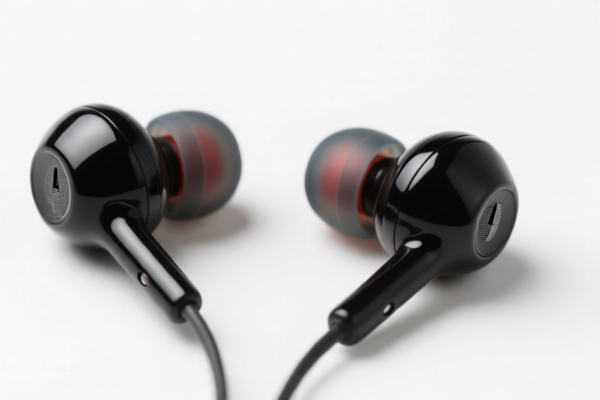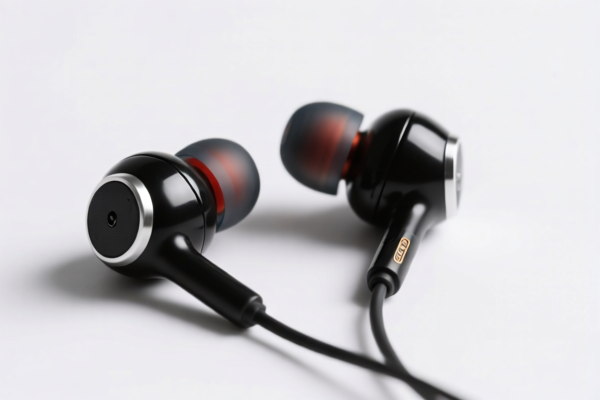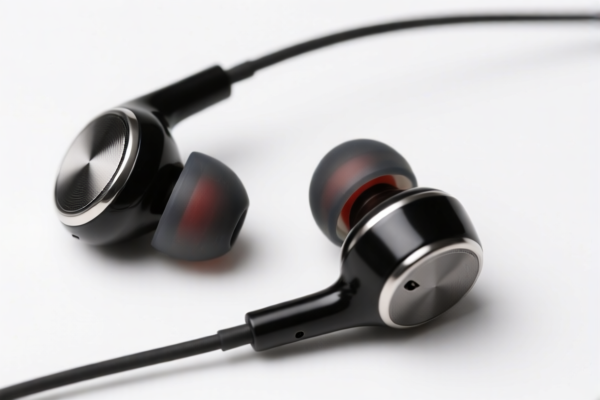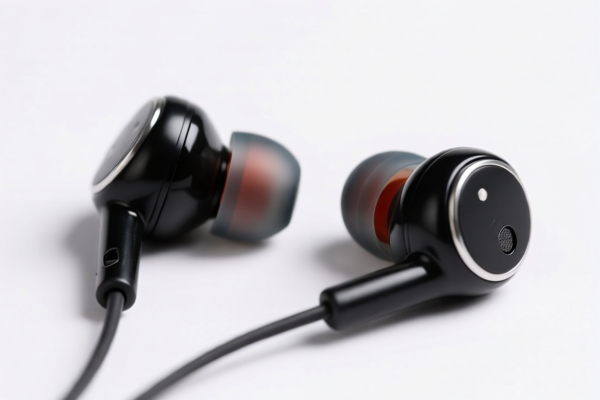| HS Code | Official Doc | Tariff Rate | Origin | Destination | Effective Date |
|---|---|---|---|---|---|
| 6506910060 | Doc | 55.0% | CN | US | 2025-05-12 |
| 6506996000 | Doc | 63.5% | CN | US | 2025-05-12 |
| 6507000000 | Doc | 55.0% | CN | US | 2025-05-12 |
| 3926903500 | Doc | 44.0% | CN | US | 2025-05-12 |
| 3926909905 | Doc | 42.8% | CN | US | 2025-05-12 |
| 3924104000 | Doc | 33.4% | CN | US | 2025-05-12 |
| 3924905650 | Doc | 40.9% | CN | US | 2025-05-12 |




Earpad
An earpad, also known as an ear cushion or ear cup pad, is a soft component affixed to the headbands of headphones that rest against the ears of the wearer. They significantly impact comfort, sound isolation, and sound quality.
Material
Earpads are constructed from a variety of materials, each offering different properties:
- Leather (Genuine or Faux): Provides excellent comfort, durability, and a premium feel. Genuine leather is breathable but requires more care. Faux leather (pleather, vinyl) is more affordable and easier to clean but less breathable and can degrade over time.
- Velour: Offers a soft, plush feel and good breathability. Less durable than leather and can attract dust and lint.
- Protein Leather: A synthetic leather offering a balance of comfort, durability, and breathability, often considered a good alternative to genuine leather.
- Mesh Fabric: Highly breathable, often used in on-ear headphones to reduce sweating. Generally less comfortable and provides minimal sound isolation.
- Foam: The core cushioning material. Variations include:
- Memory Foam: Conforms to the shape of the ear for enhanced comfort and isolation.
- Standard Foam: Less expensive, provides basic cushioning.
Purpose
- Comfort: The primary purpose is to provide a comfortable interface between the headphones and the ear, allowing for extended listening sessions.
- Sound Isolation: Earpads contribute to passive noise isolation by creating a seal around the ear, reducing ambient noise.
- Sound Quality: They affect sound quality by influencing the acoustic properties of the headphone. Material and density can impact sound reflection and absorption.
- Hygiene: Earpads absorb sweat and oils from the ear; they are often replaceable for hygienic purposes.
Function
Earpads function by:
- Distributing Pressure: Evenly distributing the pressure from the headphone headband across the ear.
- Creating a Seal: Forming a physical barrier to block external noise.
- Acoustic Dampening: Absorbing and reflecting sound waves to influence the overall sound signature.
Usage Scenarios
- Extended Listening: Essential for long listening sessions (music production, gaming, travel).
- Noise Isolation: Beneficial in noisy environments (offices, public transportation).
- Headphone Maintenance: Replacing worn or damaged earpads to restore comfort and hygiene.
- Customization: Upgrading earpads to alter the sound signature or improve comfort.
Common Types
- Circumaural (Over-Ear): Fully enclose the ear. Offer the best sound isolation and comfort.
- Supra-Aural (On-Ear): Rest on the ear. More portable than over-ear, but offer less isolation and comfort.
- In-Ear (Earbuds/IEMs): Fit inside the ear canal. Highly portable, but require a proper fit for optimal sound and isolation. (Though these don't technically have earpads, they have ear tips that serve a similar function).
- Velour Earpads: Soft and breathable, ideal for warmer climates or long listening sessions.
- Leather/Protein Leather Earpads: Durable and comfortable, offering good sound isolation.
- Hybrid Earpads: Combine different materials (e.g., leather exterior with memory foam core) for a balance of properties.
Based on the provided information, the following HS codes may be relevant to “earpad”:
-
6506910060: This HS code falls under Chapter 65 – Headgear, whether or not lined or trimmed. Specifically, it covers Heading 6506 – Other headgear. The Subheading 6506910060 details “Other: Of rubber or plastics Other”. This would apply to earpads constructed from rubber or plastic materials. The total tax rate is 55.0%, comprised of a 0.0% base tariff and a 25.0% additional tariff, increasing to 30.0% after April 2, 2025.
-
6506996000: Also within Chapter 65, Heading 6506 – Other headgear, this Subheading 6506996000 specifies “Other: Of other materials: Other”. This HS code would be applicable to earpads made from materials other than rubber or plastics. The total tax rate is 63.5%, consisting of an 8.5% base tariff and a 25.0% additional tariff, rising to 30.0% after April 2, 2025.
According to the provided reference material, the HS code options related to 'earpad' are limited, with only the following 2 found.
Customer Reviews
No reviews yet.